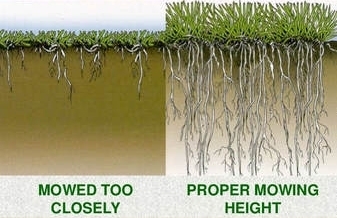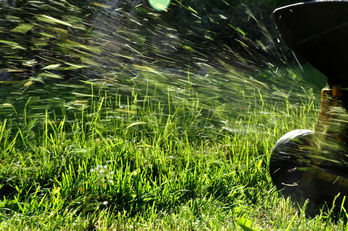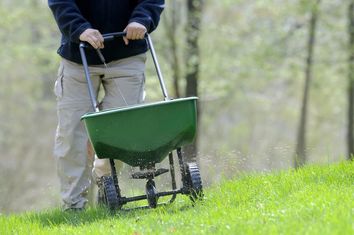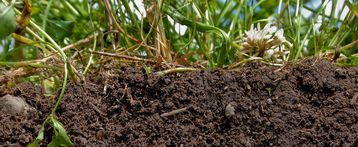Green Landscaping Practices
Enjoy A Greener Lawn And A Healthier River
It’s possible to have a lush, green lawn without all the harsh chemicals which can enter stormwater and be carried to the river. Use the following simple lawn care practices to have a beautiful, healthy lawn, while protecting local streams and rivers!
Mow High
When you mow your lawn, leave your grass 3 to 4 inches tall. Taller grass has deeper roots, which allows the grass to reach further down into the soil to get more water and nutrients. The result is healthier grass that requires less watering, less fertilizer, and is more drought resistant. In addition to having healthier grass, mowing high makes your lawn a better stormwater filter removing pollutants from rain as it runs across the land.
What to do with Your Grass Clippings
After mowing, leave the grass clippings spread across your lawn. They will breakdown and become a natural fertilizer, adding nutrients to your soil. You can also, rake up grass clippings and bag them to be disposed of with your trash. Be sure to keep grass clippings off sidewalks, driveways, roads, and other hard surfaces. This is extremely important to water quality in Lima. Grass clippings on hard surfaces will eventually be washed down storm drains and enter local streams and rivers. Once in a stream, the grass will be broken down by bacteria and rob oxygen from the water suffocating life in the stream.
Using Fertilizer on Your Lawn
Many people are over-fertilizing their lawns without realizing it. Statistics show that those who fertilize their lawns are doing so a rate of eight times the amount farmers put on their crop fields. It’s easy to avoid over-fertilizing, just follow the label on the back of your fertilizer bag. For example, the size of the average lawn in Lima is 4,356 square feet and requires approximately 14 lbs of fertilizer. Over-fertilizing doesn’t help your grass, because any excess fertilizer is washed away by rain and carried to the river where it causes algae problems, robs oxygen from water, and is a lead contributor to poor water quality. By avoiding over-fertilization of your lawn, you can save money and help protect our precious water supply.
Soil Testing
Anyone who is fertilizing should be testing their soil every three years. Click the link below to visit our page on soil testing.





